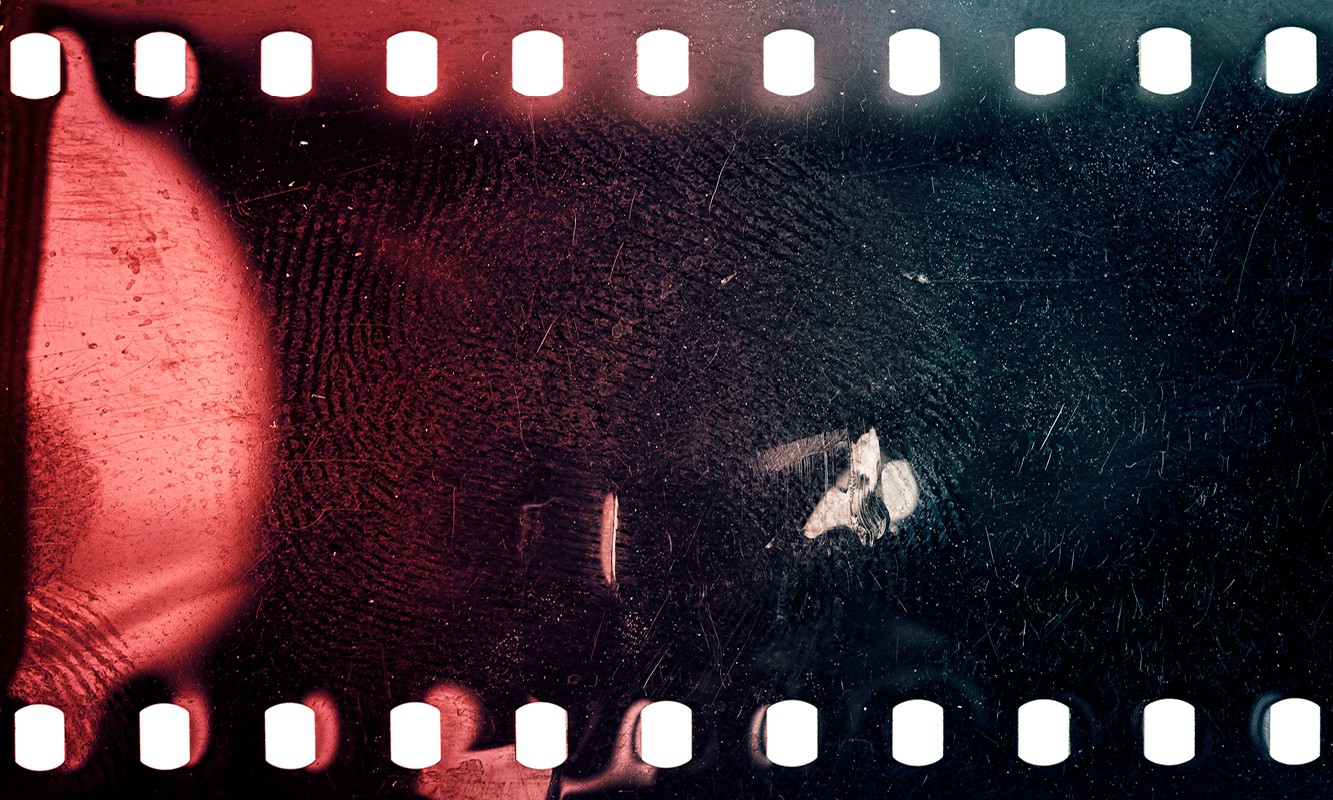I arrived at work one morning to find a letter on my chair.
I was actually quite excited because receiving written correspondence is actually quite rare in my occupation, with email being the norm.
It was quite bulky and I saw photographs at the back so I went straight to them, and was confronted with some very graphic images of self-harm – I will leave the specifics to your imagination. The reason they had been sent was to give me an idea of the mental health issues of a witness I was going to call and why that might make them unreliable.
To be fair, I am not being critical of the tactic of the solicitor on the other side, and furthermore, I would rather know about issues like that prior to a hearing, instead of the photographs being handed to the witness in the witness box.
The photographs were quite visceral and confronting, however realistically I have seen far worse than that over the course of my career and daresay I will see far worse in the future.
What did concern me however, is the fact that the correspondence was opened (as is normal) by one of our administration officers, and did anyone aside from me see the photographs? There was certainly no clear warning at the front of the correspondence about the nature of what was enclosed.
That caused me to pause to consider my own practices. By virtue of what I do for a living, I send out injury photographs, or photographs of the aftermath of car accidents and similar exhibits all the time.
This would occur either by way of disclosure to a solicitor defending a client, or alternatively to the court, perhaps in advance of a sentence. Typically, this would occur by email, and much like the letter I received, I have no idea who on the other end is opening the correspondence.
Is it a secretary or administrative assistant, or perhaps a depositions clerk if it is sent to the court? Whilst the solicitor on the other side of a matter, or the court for that matter, might expect such material, that does not mean that the person doing the opening and printing is expecting it.
They just receive an email with some attachments that might have the very bland description of ‘injury photographs’ or the like – which could be as bland as a black eye, or it could be something far more extreme.
What I do not want to do (and would think no one would want to do), is to have someone open my correspondence and receive a psychological injury because they saw something that they were not expecting to see.
The transmission and reception of graphic imagery is not something unique to criminal law. When one considers potential evidence in family law, industrial law, personal injuries law and coronial matters for example, solicitors, their support staff, judicial officers and court staff are exposed to significant amounts of material that either alone or by accumulation have the ability to cause psychological distress to those viewing it.
Another field that has to deal with traumatic injury on a regular basis is that of journalism, and the Dart Centre for Journalism and Trauma (a project of the Columbia Journalism School) has created significant resources to assist its members who are subjected to repeated traumatic imagery as part of their employment. In an article, ‘Working with Traumatic Imagery’,1 six practical steps (with associated commentary) are listed to help media workers to reduce the trauma load:
- Understand what you are dealing with
- Eliminate needless repeat exposure
- Experiment with different ways of building some distance into how you view the images
- Try adjusting the viewing environment
- Take frequent screen breaks
- Craft your own self-care plan.
Note that the first tip is about understanding what you are dealing with, and the second talks about needless exposure.
A simple warning on the front of the correspondence or a warning in large letters in the body of an email that the attachments/enclosures includes graphic imagery, gives the recipient a choice about whether they open that attachment, or whether they make a different choice, which is particularly relevant when the intended recipient may not be the person opening the attachment or the mail.
When I started doing this recently, one of my colleagues who received an email actually asked why I had put a warning in the email when I had sent her far worse material in the past, and she had asked for it.
My explanation was there were two points to consider: firstly I did not know whether it was her or one of her employees that was opening the emails and I did not want to accidentally cause anyone harm; and secondly it would give her an opportunity to take stock of what she was about to open before she opened it. My colleague seemed to appreciate that.
There are certainly organisations that already do this. Police scenes of crime photographs seem to have a warning at the front whether they contain graphic images or not. Similarly, material received from the Coroner’s Office always has warnings both in the index and usually on the photographs themselves.
These issues are not new, and certainly the concern regarding the potential impact that such images or videos will have on the viewer are well recognised, so perhaps it should be considered best practice across the board when transmitting or sending correspondence that includes such images to include some form of warning.
I cannot image anyone wanting to cause anyone harm in an industry that is already stressful enough. However, by adding one extra line to the top of a letter or email, the potential for risk has to become more limited, and it gives whoever opens the correspondence the choice about whether they open or look at the attachments.
This article appears courtesy of the Queensland Law Society Wellbeing Working Group. Mark Fenlon is a Senior Prosecutor for the Queensland Police Service, an accredited peer support officer and a member of the working group. He is the QLS representative to the Law Council of Australia’s Regional, Rural and Remote Lawyers Committee and a former President of the Townsville District Law Association.
The author wishes to acknowledge the support and assistance from the Queensland Police Service in undertaking this research. The views expressed in this publication are not necessarily those of the Queensland Police Service and any errors of omission or commission are the responsibility of the author.
Footnotes
1 The Dart Center for Journalism and Trauma, 12 August 2014, ‘Working with Traumatic Imagery’.

















One Response
Unfortunately as a fresh practitioner I went through a coronial report that was sent to me with photographs for a motor vehicle accident that did not have any warnings. As I was going through the accident photos which all seemed very benign being photos up and down the highway and of the vehicles all of a sudden I was confronted by photographs of the deceased still in situ in the vehicle. I removed those photos from the report so that the younger staff members did not see them and chose to make my copies of those photographs myself for disclosure and placed blank sheets of paper on top of them with labels so they could not easily be seen.